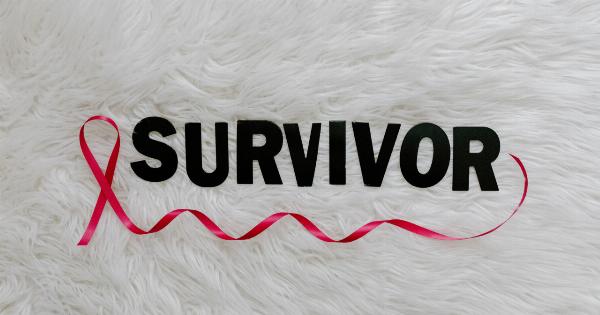Did you know that pigeons can be trained to detect breast cancer with high accuracy? It may sound far-fetched, but research has shown that these birds have a remarkable ability to identify cancerous cells in human tissue samples.
In this article, we’ll explore how this method of detection works and the potential implications for improving breast cancer diagnosis.
What is Pigeon Detection?
Pigeon detection is a method of cancer diagnosis that involves training pigeons to recognize cancer cells in human tissue samples.
The birds are exposed to these samples, along with healthy tissue, and rewarded with food when they correctly identify the cancerous cells. Over time, the pigeons learn to identify the characteristic features of cancer cells, which can then be used to confirm a diagnosis.
This method of detection was first proposed in the late 1990s by Dr. Richard Levenson, a pathologist at the University of California, Davis.
He was inspired by a study that showed pigeons could be trained to distinguish between paintings by famous artists, and wondered if the same principle could be applied to medical diagnosis.
How Effective is Pigeon Detection?
Multiple studies have now shown that pigeon detection is a highly accurate method of detecting cancer cells in tissue samples. In one study, a group of pigeons was trained to identify breast cancer cells with an accuracy rate of 85%.
This is comparable to the accuracy rates of mammograms and biopsies, which are currently the most common methods of breast cancer detection.
In another study, pigeons were able to identify malignant lung cancer cells with an accuracy rate of 99%. This suggests that the method could be used to detect other types of cancer as well.
Why Use Pigeon Detection?
One of the major benefits of pigeon detection is its simplicity and low cost.
Unlike mammograms and biopsies, which require specialized equipment and trained medical professionals, pigeon detection can be done with minimal equipment and by anyone with basic training in bird care.
Another benefit is the potential for early detection. Mammograms and biopsies are generally only performed after a patient has exhibited symptoms of breast cancer, such as a lump in the breast.
Pigeon detection could be used as a routine screening tool to identify cancer cells before symptoms develop, allowing for earlier treatment and better outcomes.
What are the Challenges of Pigeon Detection?
Although pigeon detection shows promise as a cancer detection method, there are still challenges that need to be addressed. One challenge is the need for standardization.
Different groups of pigeons will be trained differently and may have varying levels of accuracy. To ensure consistent results, training protocols need to be standardized.
Another challenge is the need for further validation. While the existing studies are promising, more research is needed to confirm the reliability of this method for detecting other types of cancer and in larger patient populations.
What are the Ethical Implications of Pigeon Detection?
The use of animals for medical research is a controversial topic, and pigeon detection is no exception.
Some argue that it is unethical to train birds for this purpose, while others see it as a humane alternative to more invasive methods of cancer detection.
Proponents of pigeon detection point out that the birds are well-cared for and rewarded for their work, and that the method has the potential to save lives.
Critics argue that it is still inhumane to use animals for medical research, and that more advanced technologies should be developed to replace animal testing altogether.
Conclusion
Pigeon detection is a unique and promising method for detecting breast cancer and other types of cancer. Its simplicity, cost-effectiveness, and potential for early detection make it an appealing alternative to more traditional methods of diagnosis.
However, further research is needed to validate the method and address ethical concerns. If successful, pigeon detection could revolutionize the way we approach cancer diagnosis and treatment.





























